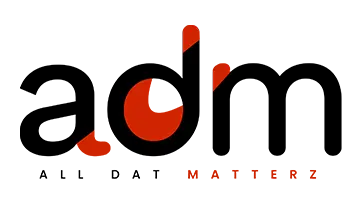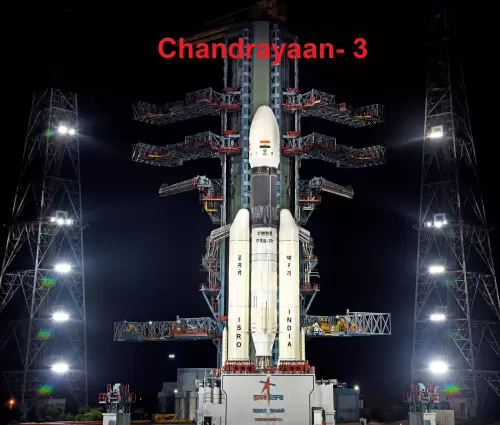Table of Content
Chandrayaan-3 is likely to be launched in the early months of 2021 instead of the second half of 2020. Union Minister Jitendra Singh made the announcement on Sunday while adding that India’s mission to the moon will include a rover and a lander as well. It won’t include orbiter like its predecessor.
As last year in September of last year, the landing of Chandrayaan-2 was hard. ISRO has mentioned its plan of launching another mission to the moon by the end of 2020. However, the novel coronavirus pandemic has led to a delay in the launch of the Chandrayaan-3.
Chandrayaan-2 was launched on July 22, 2019, which was aimed at the Moon’s the South Pole. the Vikram hard-landed on the lunar surface on September 7. Officials have confirmed that despite the setback, the orbiter is in working condition and is able to transmit data back to earth.
Jitendra Singh, Minister of State (MoS) for Department of Space said Chandrayaan-1 which was ISRO’s maiden mission to the Moon has transmitted images suggesting Moon may be rusting along the poles. The four IAF pilots are going under the astronaut training at Russia’s iconic Gagarin Cosmonaut Training Centre.
The sign of these findings suggests that even though the surface of the Moon is known to have iron-rich rocks, it is not known for the presence of water and oxygen which are the two most needed elements to interact with iron to form rust. It could be a sign that the Earth’s atmosphere is sheltering the moon as well as per NASA. They also further quotes that the Chandrayaan-1 Moon’s poles are home to water, this is what the scientists are trying to decipher.
At the same time, India is also gearing up for its first-ever Human Space mission Gaganyaan for which training processes and other procedures are currently underway. As per Jitendra Singh” Constraints due to this ongoing pandemic led to some disruptions in the plan for the Gaganyaan but efforts are going on to stick to the timeline of around 2022.”
Read More- ISRO launches earth monitoring satellite to get pollution, soil, water data
.webp)





_1735214375.webp)









